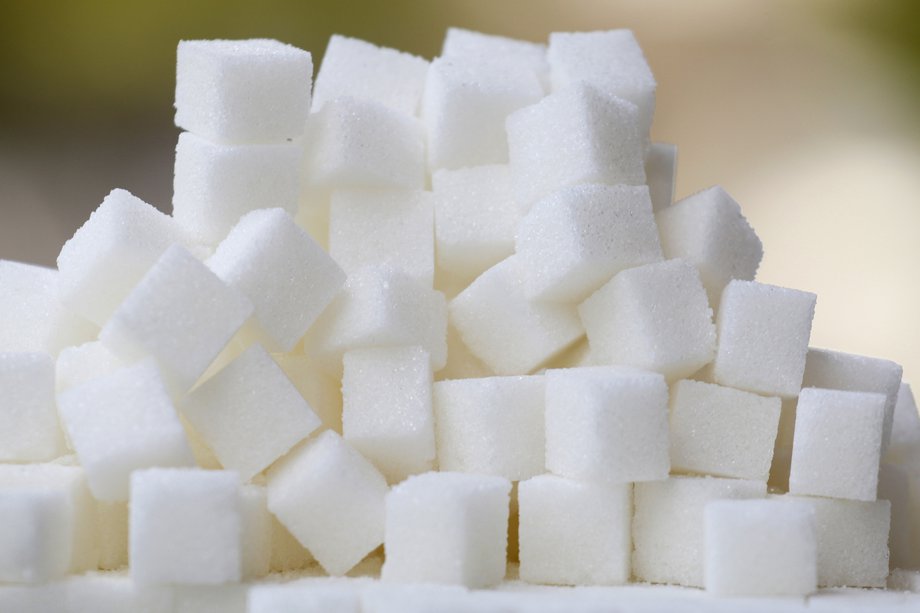This puzzle, taken from the MathEMagic book, is simply: use the numbers 1 to 6 in the circles shown on the edges of this triangle, so that the sum of each edge is the same, and form a 'magic triangle'.
This (I thought) was a fairly simple puzzle, but one which can easily be extended to become more difficult - although throughout, the same strategy applies. The general rule that I follow is to distribute the numbers in ascending order to each of the edges of the triangle, and then make adjustments towards the end of the series.
Starting with 1, 2 and 3, these go in the corners, and then the remaining 4, 5 and 6 go in the middle of each side, so that 6 goes between the two smallest numbers, and 4 goes between the two largest. With 5 fitting in between 1 and 3, the triangle is balanced, and the sum of each side is 9.
The logical extension is to look at a triangle which has four circles per side, and to start with the same strategy.
As we can see from the diagram on the right, the digits 1, 2 and 3 are placed in the corners, then 4, 5 and 6 go into the sides, followed by 7, 8 and 9. It's a similar process, but taken a step further. It takes slightly more care to distribute the 4, 5, 6, 7, 8 and 9 in a balanced way, but it's not too difficult. The sum of each side, in this case, is 17.
And we can even extend this further to five circles per side, and even to six. Given this healthy trend, I would conclude (without real proof) that it's possible to continue this series indefinitely.
Here are the solutions for the triangles with lengths five and six.
I then did some additional work on the sum of the sides for each triangle. As the triangle becomes one circle longer, the sum of each side increases (as we are using larger and larger numbers). We can study this relationship in more detail.
3 circles per side - sum is 9
4 circles per side - sum is 17
5 circles per side - sum is 28
6 circles per side - sum is 42
Taking the difference between 9 and 17; 17 and 28; 28 and 42; we obtain 8, 11 and 14 and the difference between those terms is 3. This means that we have a constant second difference - the difference between the differences is a constant value, and this means that the sum of the sides is related to the side length by a quadratic relationship. We also know that the second difference is 3, and this means that the the co-efficient of the square in the quadratic relationship is 3/2 (i.e. half of the second difference).
Hence
sum of side = 3/2 (length)^2 + b length + constant
If we let the sum of the side be s, and the length be l, and start to analyse the relationship by looking at the terms for 3l2/2, we get:
l
|
1
|
2
|
3
|
4
|
5
|
3l2/2
|
1.5
|
6
|
13.5
|
24
|
37.5
|
l/2
|
0.5
|
1
|
1.5
|
2
|
2.5
|
3l2/2 + l/2
|
2
|
7
|
15
|
26
|
40
|
+2
|
9
|
17
|
28
|
42
|
3l2/2 does not give integer results for odd values of l, hence I added l/2 so that all odd values would give integers. 3l2/2 + l/2 does give results close to the values I was aiming for, and you can see that 3l2/2 + l/2 + 2 gives the result, where l = edge length - 1
So: s = (3l2 + l + 4) / 2
Where s is the sum of each side of the triangle, and l is (length of each side -1 ).
So, for example, for a triangle with side length = 6, the sum of each side would be 79.
The Mathemagic Series:
Arrange nine coins in ten straight linesSolve 1/a + 1/b + 1/c = 1 for unique a, b, c
Magic Triangles
and the slightly more complex Magic Hexagons












